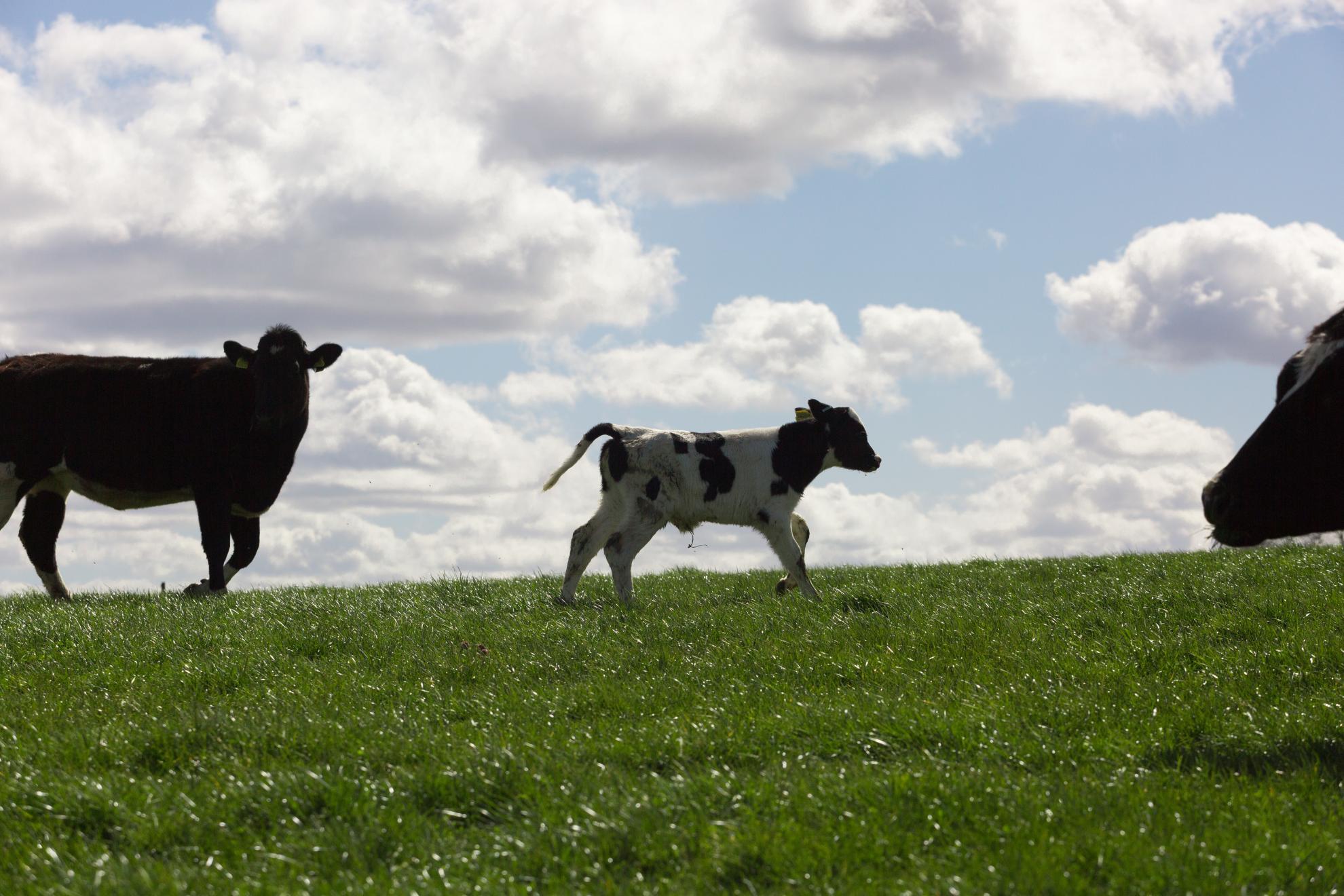The structure, evolution, and gene expression within the caprine leukocyte receptor complex
The leukocyte receptor complex (LRC) encodes a large number of immunoglobulin (Ig)-like receptors involved in the immune response, particularly in modulating natural killer (NK) cell function. The killer cell Ig-like receptors (KIR), the leukocyte Ig-like receptors (LILR), and a recently described novel Ig-like receptor family are highly variable between species, which is consistent with rapid evolution driven by selection pressure from pathogens. Among the species studied to date, only simians (such as humans) and bovids (such as cattle and goats) have an expanded complement of KIR genes and represent an interesting model to study KIR evolution. Using recently improved genome assemblies and an assembly of bacterial artificial chromosomes, we describe the structure of the LRC, and the KIR region in particular, in goats and compare this to sheep as the assemblies allow. These species diverged from a common ancestor ~10 million years ago and from cattle ~25 million years ago. We identified conserved KIR genes common to both goats and sheep and confirm a partial sheep haplotype shared between the Rambouillet and Texel breeds. Goats and sheep have independently expanded two novel KIR subgroups, and unlike cattle or any other mammal, they do not appear to possess a functional 3DL-lineage KIR gene. Investigation of LRC gene expression using available transcriptomic data for various sheep and goat tissues largely confirmed putative gene annotation and revealed that a relatively conserved caprinae-specific KIR subgroup is expressed in macrophages. The LILR and novel Ig-like receptors were also highly expressed across a diverse range of tissues. This further step toward our understanding of the LRC receptor repertoire will help inform future studies investigating immune response variation in these species.
